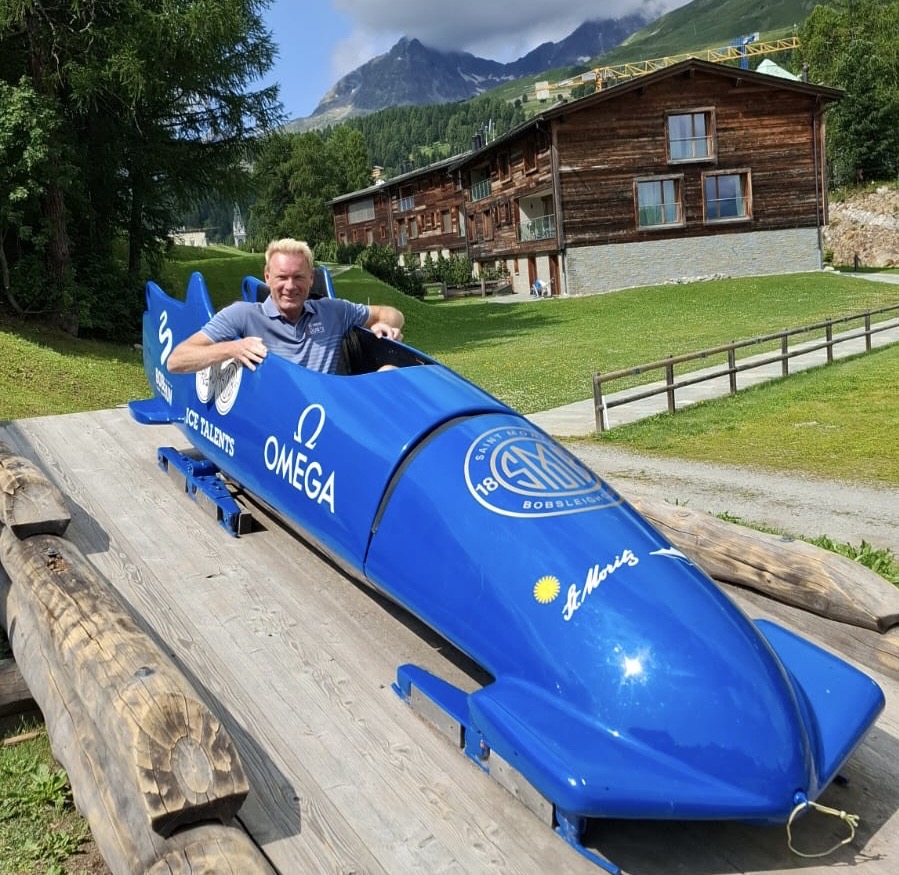Travel Feature: St. MORTIZ SWITZERLAND – Golf News

Until the middle of the 19th century, St Moritz was a quiet agricultural town with a few hotels, known mainly for its mild summers. Travelers only went to the mountains during the warmer months, believing that winter was too cold and treacherous. As a result, local hotels will be closed from September to June.
However, everything changed in 1864 when Johannes Badrutt, owner of the Kulm Hotel, made a significant bet with a group of English summer visitors.
As autumn approached and his guests prepared to leave, Badrutt told himself with confidence that the winter in St Moritz was more pleasant than they could have imagined – arguably more pleasant than the foggy, damp London winter. He invited them to stay the whole winter, promising to pay their expenses and even cover their return trip if they refused.
Enthusiastic, the four guests accepted the challenge and stayed for the winter. To their surprise, they found themselves drawn to the sun, cool conditions and stunning snow.
Their enthusiasm not only kept them coming back winter after winter, but also encouraged others to visit. So, St. Moritz evolved into one of the world’s first premier winter resorts, a reputation that would only grow over time.
Long before St Moritz gained fame as a winter sports destination, it was regarded as an important health resort. Archaeological evidence, now on display at the Engadine Museum, shows that as early as the Bronze Age – more than 3,000 years ago – people went to St Moritz to drink.
from and bathe in its mineral-rich springs.
Located across the lake from the village, these springs are among Europe’s richest in carbonic acid. When absorbed by the skin during bathing, carbonic acid stimulates circulation and rejuvenates the body.
The attraction of these healing waters led to an increase in tourists when the first guest house was built near the spring in 1832. By 1859, St Moritz could accommodate 450 guests, cementing its status as a prominent health resort.
However, after World War I, the focus of the city began to change as skiing and other winter sports became the main draw, giving its health facilities a secondary role.
St Moritz’s reputation as a winter sports venue was cemented when it hosted the Winter Olympics in 1928 and 1948, as well as many world championships. Many iconic winter sports have found their place here, including
The famous Cresta Run, the world’s first man-made ski slope, was built in 1884. St. Moritz is also home to sporting events such as cross-country skiing, where horses pull skiers across the snow, and the world’s first bobsleigh run on natural ice.
From a modest place to a world-famous place, the transformation of St Moritz owes a lot to its rich history, natural beauty, and, of course, the historic bet that changed everything.

Source link




